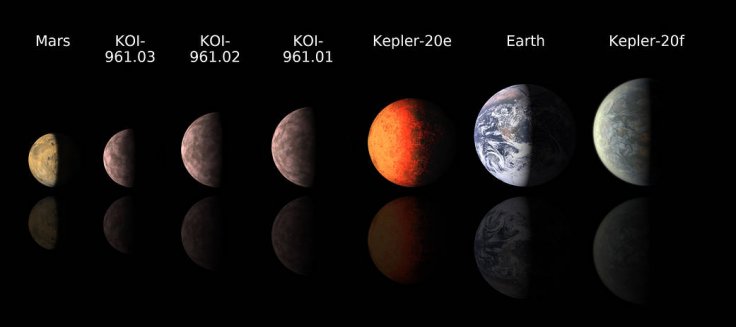
The smallest possible size a planet is before it lacked gravitational forces which will result it to lose its atmosphere and any liquid water, scientists have revealed.
According to scientists from the Harvard University, the mass of the smallest possible planet that can maintain these life-enabling properties is a little more than twice the mass of the Moon and about half the mass of Mercury.
Scientists explained that an exoplanet is in a star's habitable zone if it is at the right distance to be able to support liquid water as it will receive too much radiation from its sun, making it too hot, if too close, and will be too cold for liquid water if it is too far.
Astronomer Constantin Arnscheidt, a lead author of the study published in The Astrophysical Journal, said there were many variables to habitability, including a planet's mass -- the amount of matter a body contains.
He said there was enough of a greenhouse effect to keep exoplanets at the right temperature, regardless of their positions inside the habitable zone, if they were big enough, because the atmosphere of these relatively small planets expanded outwards due to low gravity, which in turn would cause it to absorb more radiation from its star and thereby stabilize temperatures on its surface.
Scientists also suggested there was no possibility of habitability on Jupiter's icy moons Europa, Ganymede, and Callisto even when they all had subsurface oceans beneath their icy crusts because they were too small.
The researchers, however, said there could be plenty of other places yet undiscovered that supported life.
Robin Wordsworth, a co-author of the study, said low-mass water worlds were a fascinating possibility in the search for life.









